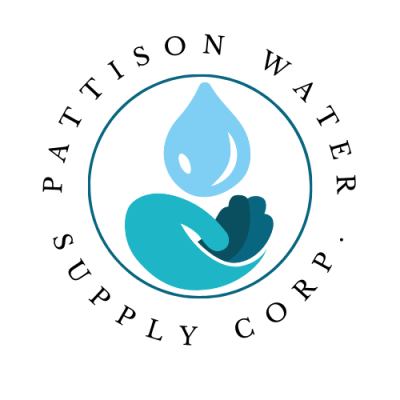The latest information on proposed/active improvements to our water utility will be outlined below!
For completed projects, please see the attached documents.
-
Lomax Line Upgrade
Feb 3, 2025
Attention PWSC Customers;
Lomax Rd Line Upgrade ProjectPattison Water Supply Corporation is excited to announce an upcoming improvement project on Lomax Rd, spearheaded by our contractor, Crobul Services LLC. This upgrade is designed to enhance water service reliability and efficiency for our customers in the area.
Project Highlights:
- New 4” Water Line Installation: The entire length of Lomax Rd (2,600 linear feet) will receive a new 4-inch water line for improved flow and performance.
- Improved Connections: All existing service connections will be updated with new taps, valves, and meter boxes to ensure long-term reliability.
- Flush Valve Installation: A new 2-inch flush valve will be added to maintain water quality and system functionality.
- Site Restoration: All work areas, including grass and concrete, will be restored to their original or better condition.
Project Timeline:
The project has been approved to begin on Monday, January 27th, with an expected duration of approximately 7 days.Customer Impact:
Customers on Lomax Rd may experience temporary service disruptions during this upgrade. Alerts and notices will be sent out appropriately to keep you informed.
If you are outside of Lomax Rd and experience any issues during the upgrade, please text your service address to the PWSC Emergency Break Line at 979-710-3970 for assistance.We appreciate your patience and understanding as we work to improve your water service. Thank you for your continued support!

